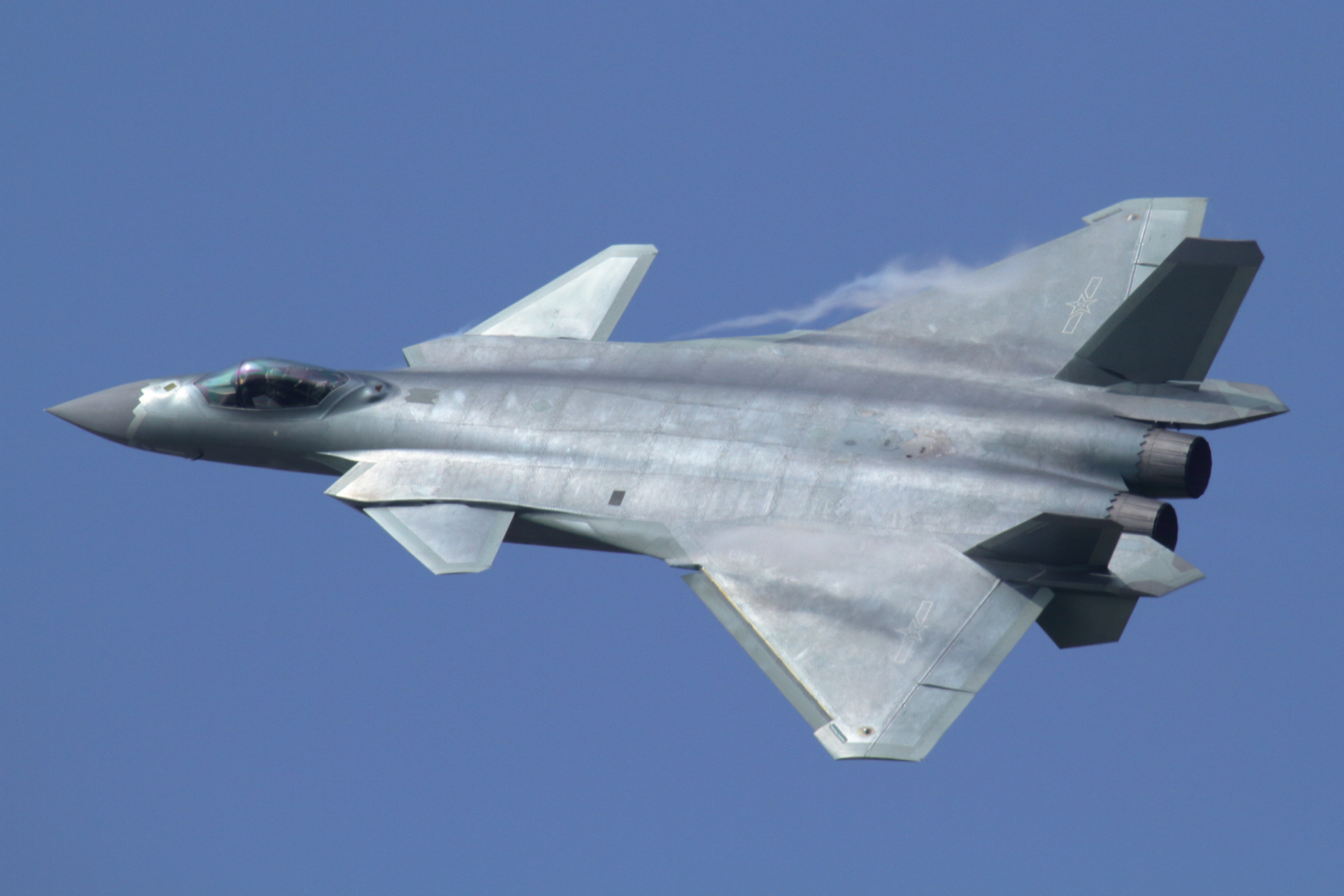All China’s anti-hypersonic plans

China wants to install laser weapons on its J-20 stealth fighters. Here because.
China has announced plans to equip its J-20 stealth fighter with laser weapons, a move that would significantly improve its air-to-air prowess and possibly give it defense capabilities against hypersonic weapons.
Laser weapons offer several advantages over traditional ones. While they have a high initial cost, they are cost efficient once established, with negligible costs per hit. The drawbacks, however, include huge power requirements, decreasing power with distance and sensitivity to weather conditions.
China is known for developing laser weapons since the 1990s, starting with the ZM-87, which was first introduced in 1995.
But Russia also started its airborne laser weapons program in the 1970s, with plans to use an aircraft-mounted laser as an anti-satellite weapon. Tests with a modified Beriev A-60 aircraft began in 1981 and, after a long delay, the project was resumed in 2003 under the name of Sokol-Eshelon. From this, the 1LK222 laser system was developed for the A-60, for which testing began in 2009.
The A-60 project is currently undergoing a profound modernization process. In 2016, former Russian Deputy Defense Minister Yuri Borisov said in an interview that work was underway to improve the tactical and technical aspects of the A-60 and that ground and flight tests of the weapon were in progress. course.
Russia also developed the SLK 1K11 Stiletto, Sanguine and 1K17 Szhatiye land-based laser weapons, as well as the Aquilion shipboard laser weapon in the 1980s. They were intended to blind enemy electro-optical systems, as laser technology at the time was not powerful enough to destroy targets. As with the A-60, Russia could resume development of these prototypes if funding allowed.
The rapid emergence of hypersonic weapons could be the real reason China, the United States and Russia are revisiting their laser weapons programs. Hypersonic weapons fly at speeds of Mach 5 or higher to evade current and planned missile defenses.
Current missile systems, such as the U.S. Patriot PAC-3 or Terminal High Altitude Area Defense (THAAD), can be ineffective against hypersonic threats, and the high cost of each interceptor missile makes them potentially impossible long-term options.
Laser weapons mounted on optionally manned fighter jets may therefore be better defensive options than missile-based systems due to their instant hit capability and negligible cost per hit. They also avoid the enormous power requirements of ground lasers and provide tactical and operational flexibility by being mounted on mobile platforms.
This is a machine translation from Italian language of a post published on Start Magazine at the URL https://www.startmag.it/mondo/cina-caccia-j-20-armi-laser-ipersoniche/ on Fri, 28 Jan 2022 06:24:43 +0000.
